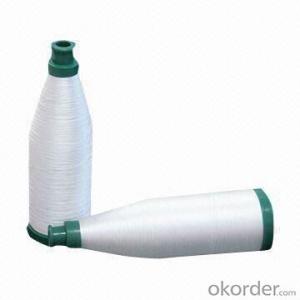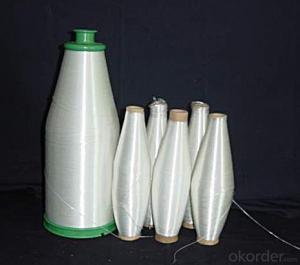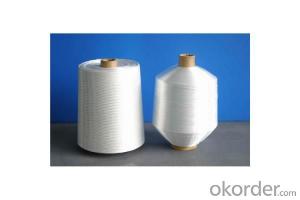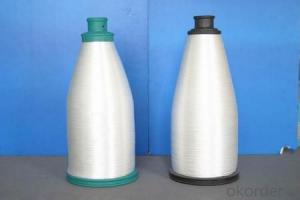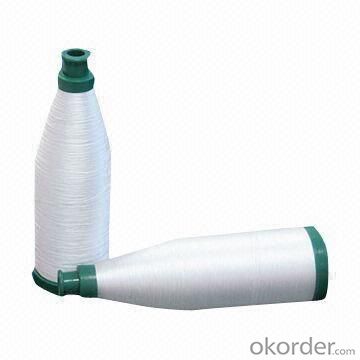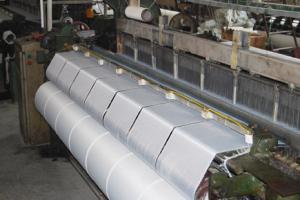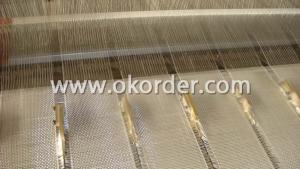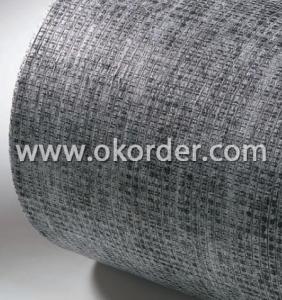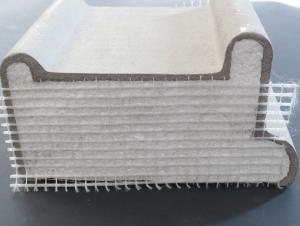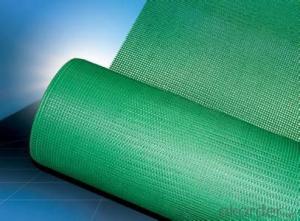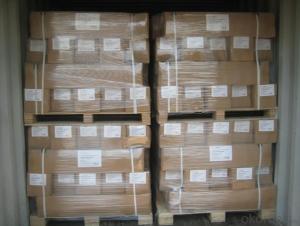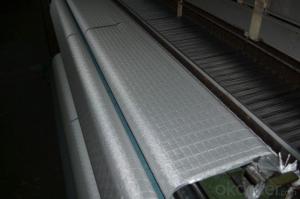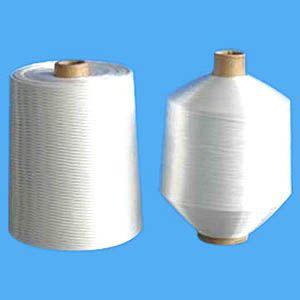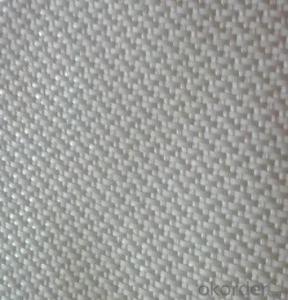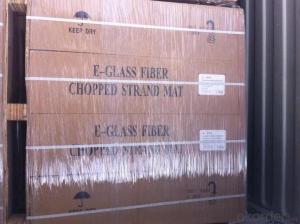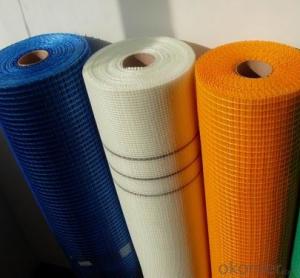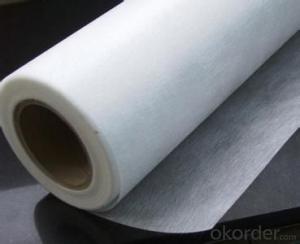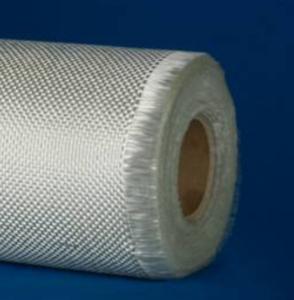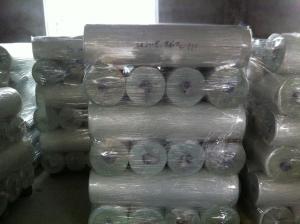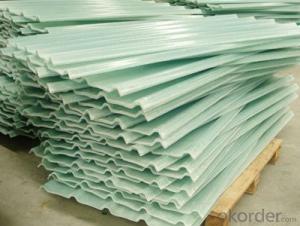Fiberglass Fabrics - C/E Fiber Glass Yarns with Best Price and Quality
- Loading Port:
- China Main Port
- Payment Terms:
- TT or LC
- Min Order Qty:
- 2000kg kg
- Supply Capability:
- -
OKorder Service Pledge
OKorder Financial Service
You Might Also Like
Description:
C or E textile glass a kind of additional twisting and plying yam. With the characteristics of high strength, corrosion resistance, heat resistance and high moisture absorption, no alkali yam has high electric insulation, so it used to produce weaved wires and cables’ wrap cladding, protection sleeve, train of mine, insulation materials of electric machinery, every yam of woven cloth and other industrial yam. It can also supply big and little paper cube and other cube yams with different shapes and different roll weight.
Product Features:
● Good Dispersibility.
● Less fuzzy.
● Density Even.
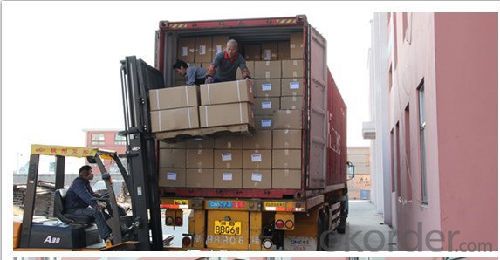 Product Specifications:
Product Specifications:
Product Code | Tex | diameter (um) | Sizing. | breaking strength | Twist |
CC7.5-22-1/2 110S | 44 | 7.5 | paraffin | ≥15.5 | 110±10 |
EC9-33-1/2 65S | 66 | 9 | ≥24.1 | 65±5 | |
EC8-25-1/2 65S | 50 | 8 | ≥19.2 | 65±5 | |
CC9-33-1/2 65S | 33 | 9 | ≥20.6 | 65±5 | |
CC11-44-6/0 | 264 | 11 | ≥81.6 | ||
CC11-44-1/3 110S | 132 | 11 | silane | ≥40.8 | 28±3 |
EC9-68-1/0 28Z | 68 | 9 | ≥18.0 | 28±3 |
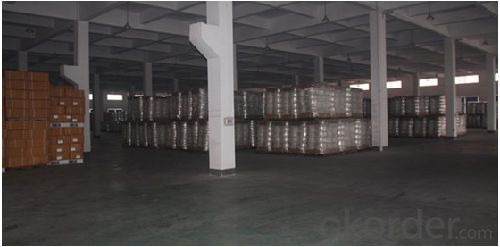
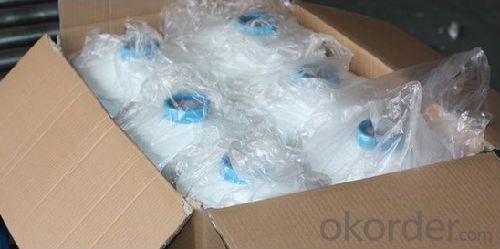
Storage:
Unless otherwise specified,It should be stored in a dry, cool and rain-proof area. It is recommended that the room temperature and humidity should be always maintained at 15℃~35℃ and 35%~65% respectively.
packaging:
with cartons
FAQ:
1.What is the delivery time ?
15days after receiving the deposit
2.Are you a trading company or factory.
We are factory,and we have more than 10 years of experience.
- Q: How does fiberglass fabric perform in electromagnetic fields?
- Known for its effectiveness in electromagnetic fields, fiberglass fabric possesses a non-conductive property that enables it to act as a reliable barrier against electromagnetic interference (EMI). When exposed to electromagnetic fields, fiberglass fabric does not absorb or conduct the waves, but rather reflects and disperses them, effectively preventing their penetration through the material. This outstanding characteristic makes fiberglass fabric an ideal choice for various applications requiring protection against EMI, such as in electronic devices, communication equipment, and aerospace applications. Moreover, fiberglass fabric exhibits a remarkable dielectric strength, allowing it to withstand high voltage without succumbing to breakdown or conductivity. As a result, it is well-suited for applications involving high electrical potential, including insulation in electrical cables or transformers. In conclusion, fiberglass fabric excels in electromagnetic fields by proficiently blocking and dispersing electromagnetic waves, while also providing exceptional dielectric strength. Its non-conductive nature and ability to endure high voltage position it as the preferred option for EMI shielding and electrical insulation applications.
- Q: What are the different fiberglass fabric weights for lightweight applications?
- There are typically three different fiberglass fabric weights used for lightweight applications: 3 oz, 6 oz, and 9 oz.
- Q: How does fiberglass fabric compare to carbon fiber fabric?
- Fiberglass fabric and carbon fiber fabric are both popular materials used in various industries for their exceptional strength and durability. However, there are some key differences between these two fabrics that set them apart. One of the major differences is their composition. Fiberglass fabric is made from fine strands of glass that are woven together to form a fabric. On the other hand, carbon fiber fabric is composed of thin strands of carbon atoms that are tightly woven into a fabric. This fundamental difference in composition leads to variations in their mechanical properties and performance. In terms of strength, carbon fiber fabric has a higher tensile strength than fiberglass fabric. It is known for its exceptional stiffness and low weight, making it highly desirable for applications that require high strength-to-weight ratios. Carbon fiber is utilized in aerospace, automotive, and sports industries where lightweight and strong materials are crucial. Fiberglass fabric, on the other hand, offers good tensile strength but is generally less strong than carbon fiber. However, fiberglass fabric is known for its excellent impact resistance and can withstand high temperatures better than carbon fiber. This makes it suitable for applications where heat resistance and impact resistance are important, such as insulation, boat building, and electrical insulation. Another significant difference between these two fabrics is their cost. Carbon fiber fabric is considerably more expensive than fiberglass fabric due to the complexity and cost of the manufacturing process involved in producing carbon fiber. Fiberglass fabric, being more readily available and easier to produce, is comparatively more affordable. Additionally, carbon fiber fabric has a distinctive appearance with its black, glossy finish, while fiberglass fabric is typically white or off-white in color. This aesthetic difference can be a factor in certain applications where visual appeal is important. In summary, fiberglass fabric and carbon fiber fabric have their own unique properties and advantages. Carbon fiber fabric offers superior strength, stiffness, and lightweight characteristics, making it ideal for high-performance applications. Fiberglass fabric, on the other hand, excels in impact resistance and heat resistance, making it suitable for applications where these properties are crucial. Ultimately, the choice between these two fabrics depends on the specific requirements of the intended application, taking into consideration factors such as strength, weight, cost, and environmental conditions.
- Q: How do fiberglass fabrics perform in terms of sound absorption?
- Fiberglass fabrics are known for their excellent sound absorption properties. Due to their unique composition and structure, they effectively reduce the transmission of sound waves and minimize reverberation within a space. The fibers in fiberglass fabrics are designed to trap and absorb sound energy, converting it into heat energy through frictional losses. This ability to absorb sound makes fiberglass fabrics an ideal choice for noise control and acoustic applications. They are commonly used in areas where soundproofing is crucial, such as recording studios, theaters, concert halls, and industrial facilities. Additionally, fiberglass fabrics are versatile and can be used in various forms, such as panels, curtains, or wall coverings, allowing for flexibility in design and customization. Overall, fiberglass fabrics have proven to be highly effective in enhancing sound quality and reducing unwanted noise in different environments.
- Q: How does fiberglass fabric handle chemicals and solvents?
- Fiberglass fabric is highly resistant to most chemicals and solvents. It does not react or degrade when exposed to a wide range of chemicals, making it a reliable choice for applications where chemical resistance is crucial.
- Q: Can fiberglass fabric be used for making industrial curtains?
- Industrial curtains can indeed be made using fiberglass fabric. This material is known for its strength and durability, as well as its resistance to heat, chemicals, and abrasion. It is frequently utilized in industrial settings where protection and safety are of utmost importance, such as manufacturing plants, warehouses, and construction sites. Moreover, fiberglass fabric possesses exceptional insulation properties, making it highly suitable for creating curtains that can effectively regulate temperature and minimize energy expenses. Furthermore, its lightweight and flexible nature enable effortless installation and maintenance. In summary, given its robustness, durability, and insulation capabilities, fiberglass fabric proves to be an appropriate option for producing industrial curtains.
- Q: What are the different fiberglass fabric finishes for antistatic properties?
- There are several different fiberglass fabric finishes that can be applied to provide antistatic properties. These finishes are designed to reduce or eliminate the buildup of static electricity on the fabric surface, which can be important in various industries such as electronics, automotive, and aerospace. Some of the commonly used finishes include: 1. Carbon Coating: This finish involves applying a thin layer of carbon particles onto the surface of the fiberglass fabric. The carbon particles create a conductive path, allowing any static charge to dissipate quickly. 2. Conductive Polymer Coating: In this finish, a conductive polymer is applied to the fabric, forming a continuous conductive network. This coating helps to prevent the accumulation of static charges and provides a high level of antistatic protection. 3. Metallic Coating: A thin layer of metal, typically silver or copper, is applied to the fiberglass fabric. The metal coating acts as a conductor, allowing static electricity to flow through it and dissipate harmlessly. 4. Chemical Antistatic Finish: This finish involves the application of a chemical treatment to the fabric surface. These treatments usually contain conductive agents that help to neutralize any static charge buildup. 5. Carbon Fiber Reinforcement: Fiberglass fabric can also be woven with carbon fibers to enhance its antistatic properties. Carbon fibers have inherent conductivity, helping to dissipate static charges effectively. It is important to note that the choice of fiberglass fabric finish for antistatic properties depends on the specific requirements of the application. Factors such as the level of antistatic protection needed, the desired durability, and the intended use of the fabric will influence the selection of the appropriate finish.
- Q: What is an electroplated glass fabric?
- Electroplated fiberglass fabric is a fabric of roving and plain weave, and is an important base material for hand sticking glass fiber reinforced plastics.
- Q: How long does fiberglass fabric typically last?
- Fiberglass fabric is known for its durability and longevity, making it a popular choice for various applications. The lifespan of fiberglass fabric can vary depending on several factors, such as the quality of the fabric, its exposure to external conditions, and how well it is maintained. On average, fiberglass fabric can last anywhere from 10 to 30 years. However, with proper care and maintenance, it is possible for it to last even longer. Regular cleaning, preventing excessive exposure to harsh chemicals or extreme temperatures, and avoiding physical damage can significantly prolong the lifespan of fiberglass fabric. It is important to note that fiberglass fabric can become brittle and lose its structural integrity over time, especially if exposed to continuous high temperatures or harsh environmental conditions. Additionally, natural wear and tear can also contribute to its eventual deterioration. To ensure the longest possible lifespan for fiberglass fabric, it is advisable to follow the manufacturer's guidelines regarding maintenance and care. Regular inspections for signs of damage or wear, and prompt repairs or replacements when necessary, can help extend the life of fiberglass fabric.
- Q: What is fiberglass sound absorption board?
- Glass fiber sound absorbing board, referred to as glass wool or soundproof cotton
Send your message to us
Fiberglass Fabrics - C/E Fiber Glass Yarns with Best Price and Quality
- Loading Port:
- China Main Port
- Payment Terms:
- TT or LC
- Min Order Qty:
- 2000kg kg
- Supply Capability:
- -
OKorder Service Pledge
OKorder Financial Service
Similar products
Hot products
Hot Searches
Related keywords
